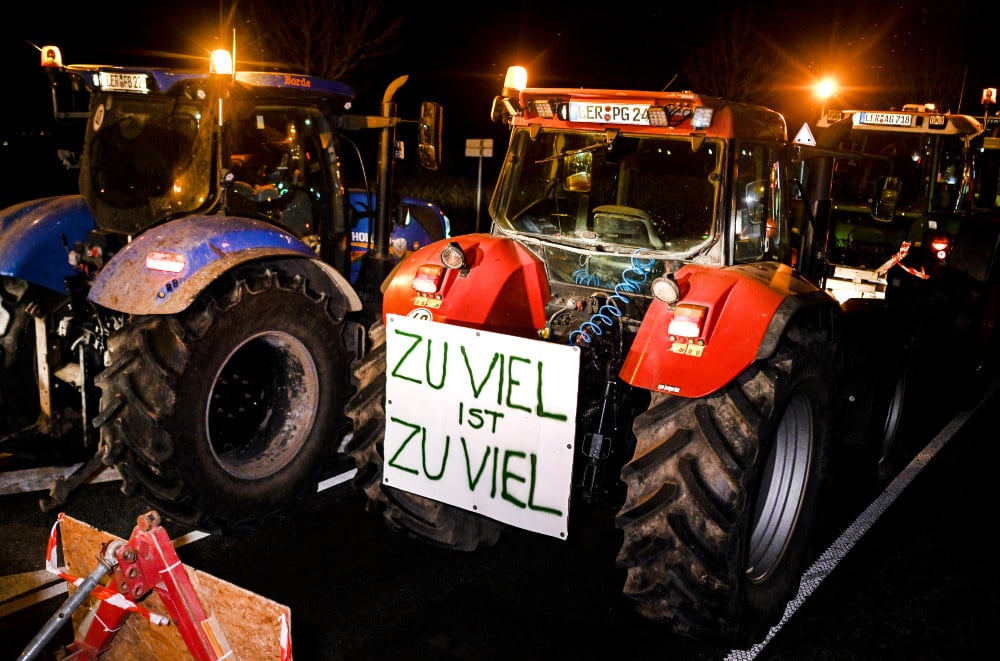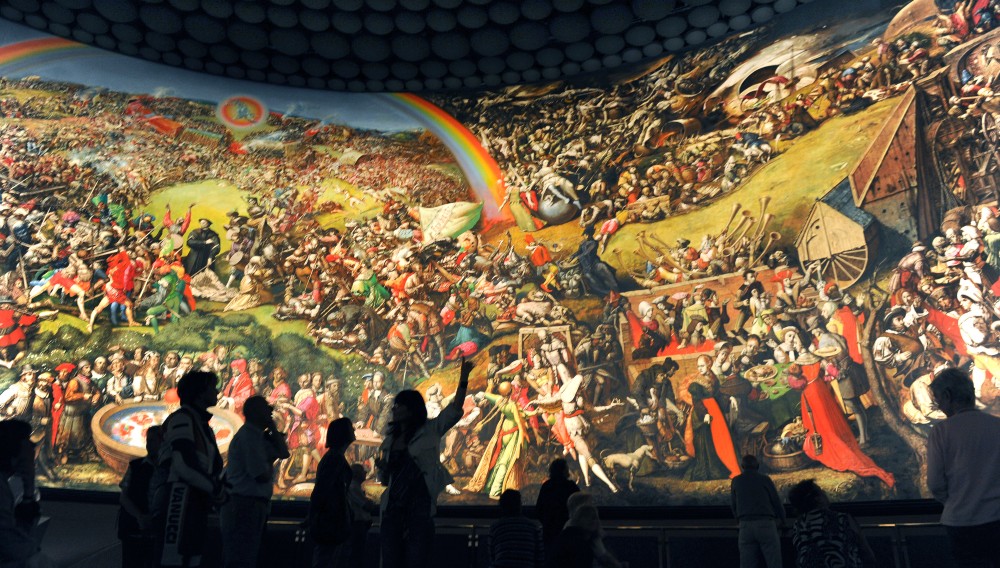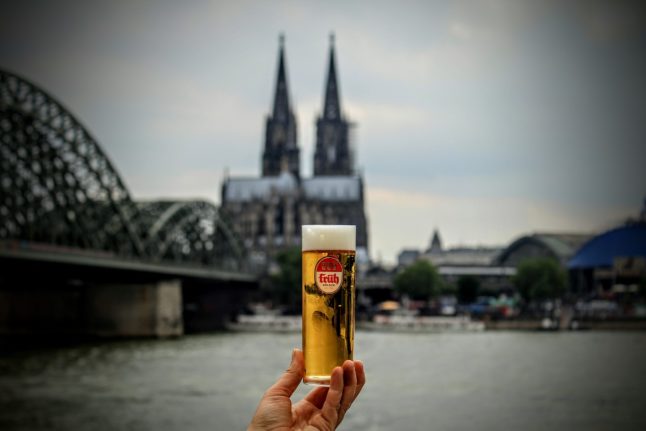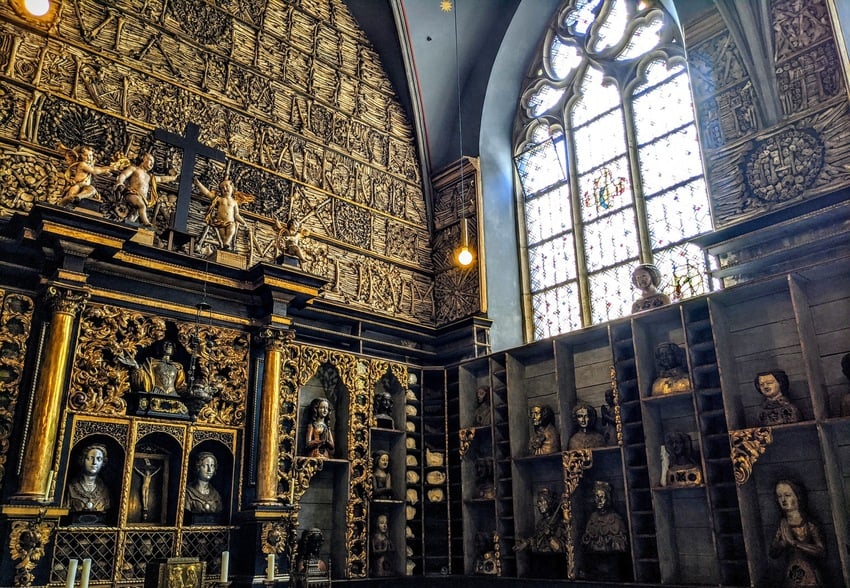Next year, Germany celebrates the 500th anniversary of the Bauernkrieg, or ‘Peasant’s War’.
This is a slight misnomer, however. Many insurgents rampaging across southern Germany from March to June 1525 were relatively prosperous farmers and artisans – hardly starving serfs.
A list of demands
Like their modern counterparts, the rebels of 1525 also had a long list of grievances.
Rather than being aimed at a central government, they were aimed at the ‘princes’ – the Electors and the nobility enforcing the rule of the Holy Roman Empire.
READ ALSO: Meet the medieval German warlord with a message for modern politicians
Their complaints stretched from the unfair imposition of taxes by local nobles and city officials to the requirement to work the land of the nobility as unpaid labour.

One famous, possibly apocryphal story has the people of Lupfen, close to the Swiss border, rising against their Countess after she commanded they spend previous harvesting time collecting snail shells to use as thread spools.
Another considerable influence on the rebels was the Protestant Reformation. For years, an increasingly literate population had questioned the corruption of many Church officials, and Martin Luther’s critiques had deeply resonated with them. They wanted control over their parishes, priests and worship styles.
Unlike previous revolts, the peasants of 1525 distinguished themselves by putting their demands in the form of a cohesive manifesto and spreading it far and wide.
READ ALSO: 12 things you didn’t know about Martin Luther
On March 20th 1525, representatives of villages throughout the Allgäu region met at Memmingen. They adopted the ’12 Articles’, which some call one of the first documents addressing human rights in European history.
The revolt spreads
In the following months, bands of peasants coalesced into larger armies that began to attack local targets such as towns, the castles of nobles and monasteries across southern Germany.
The knowledge that many of the artisans within the armies had in building those same structures made them a surprisingly potent force to begin with, and a surprising number of fortifications were ransacked, along with their weapons.

Radical preachers such as Thomas Müntzer became figureheads for the rebels, with their apocalyptic rhetoric spurring the armies to several atrocities.
One such atrocity occurred on Palm Sunday, when an army of rebels attacked Weibertreu Castle, east of Heilbronn. Count Ludwig von Helfenstein, a figure notorious for his cruelty, was slaughtered along with his retinue of knights via a series of ‘grisly’ games.
The massacre at Weibertreu was one of many actions that shocked the powers that be into a cohesive response.
One such group was the Swabian League, representing free imperial cities and knights through what is now generally considered Baden-Württemberg.
The rebellion is crushed
As the Spring progressed, the Swabian League would crush some rebel armies with the help of ‘Landsknechts’, trained mercenaries.
After Thomas Müntzer and his band of rebels were crushed in Thuringia by the Duke of Saxony and the Landgrave of Hesse at the Battle of Frankenhausen on May 15th 1525, the movement essentially began to lose momentum without their spiritual leader.
Further south, just outside Stuttgart, a rout of the rebels at the Battle of Böblingen on May 12th also broke the rebel’s collective power.
The summer of 1525 was a bloody one, as many of the ringleaders of the rebellion were rounded up and executed. Others were fined heavily, draining their financial resources.
While the rebellion had been put down with overwhelming military force, the events of 1525 deeply frightened the nobility and local powers.
Their power was no longer seen as absolute, and never again would their demands be so consistently egregious to the common people. There was room for negotiation.
Traces remain
Compared with other events in the history of what is now Germany, the Bauernkrieg simply doesn’t have the popular understanding or memory of other similar events.
However, throughout southern Germany, memorials and statues can be found that remember when the anger of the artisans, the common folk and the farmers had boiled into direct, bloody action.
While we live in a very different world to 1525, almost 500 years later, the sight of tractor convoys blocking German roads should be a potent reminder that human nature never really changes – we all want a better world for ourselves.






 Please whitelist us to continue reading.
Please whitelist us to continue reading.
Member comments